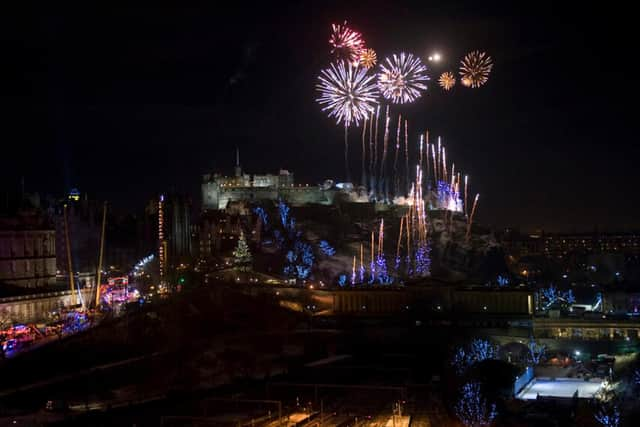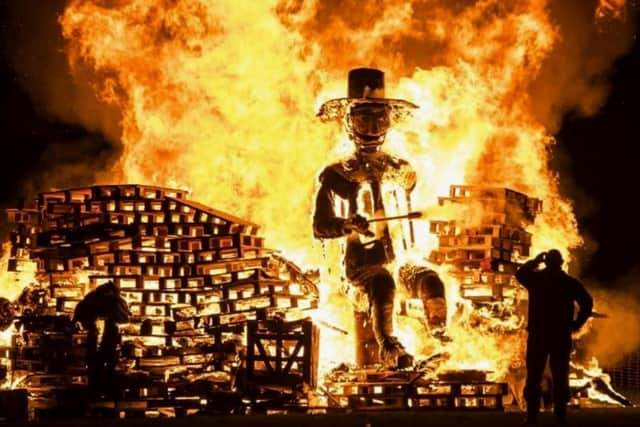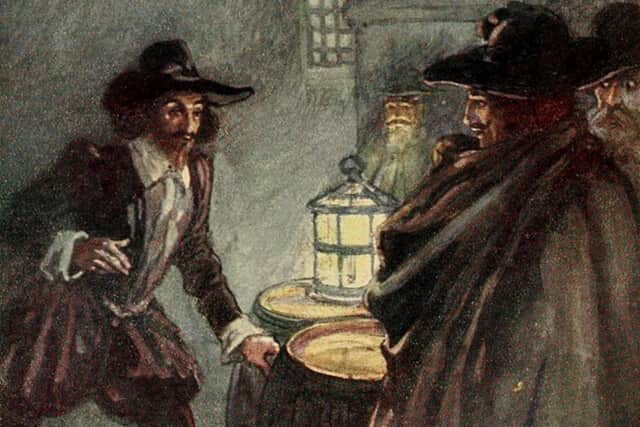When is Bonfire Night 2022? Why do we celebrate it with fireworks? Guy Fawkes and the Gunpowder Plot explained
Bonfire Night or Guy Fawkes Night commemorates events that unfolded in 1605 when a small group of ambitious plotters attempted to blow up the Houses of Parliament in London. This history, however, is all too easily forgotten amid the festivity of fireworks and bonfires that distract us from the date’s original significance.
For those interested to know what happened on November 5 back in 1605, and who Guy Fawkes was, here’s a brief guide to bonfire night and the story behind the Gunpowder Plot.
When is Bonfire Night 2022?


Advertisement
Hide AdAdvertisement
Hide AdBonfire Night (or Guy Fawkes Night) takes place every year on November 5. Many will be pleased to know that means in 2022 the celebrations will fall on a Saturday.
What was the Gunpowder Plot?
Bonfire Night commemorates a group of Catholic plotters who attempted to blow up the Houses of Parliament in London back in 1605 in a plan now known as the ‘Gunpowder Plot’. With the help of Guido (Guy) Fawkes, a radicalised former soldier, the crew attempted to blow up King James I, the Prince of Wales and the Houses of Parliament.
Following decades of religious war dating back to the previous century, this motivated Robert Catesby - the operation’s leader - to recruit Fawkes and have him take care of the 1604 operation to dig a mine underneath parliament during the summer.


By 1605, the team rented a coal cellar beneath the House of Lords and transported 36 barrels of gunpowder into it, had the explosion succeeded it would have destroyed the parliament building but also killed innocent citizens as well and plunged the nation deeper into religious war.
However, one group member, thought to be Francis Tresham, had misgivings about the plan and warned the Catholic Lord Monteagle - this resulted in Fawkes’ arrest (who would later kill himself to escape his prosecutors’ torture) and the gunning down of most of Catesby’s crew.
Why is Bonfire Night celebrated on November 5?
Bonfire Night is a tradition that commemorates the failure of Guy Fawkes’ Gunpowder Plot on November 5, 1605. In early 1606, an act was passed which declared that November 5 shall be recognised as a day of thanksgiving in acknowledgement of the fact that King James I’s life, among many others, was spared that day.


The commemoration, formally known as Gunpowder Treason Day, eventually settled for bonfires and fireworks as hallmarks of the celebration as they seemed appropriate given the event.
Who was Guy Fawkes?
It is well-known that Guy Fawkes was the man caught red-handed during the Gunpowder Plot before being imprisoned and tortured at the Tower of London for his crimes, but isn’t there more to it than that?
Advertisement
Hide AdAdvertisement
Hide AdHistoric Royal Places reports that Fawkes was born in 1570 in York, England, and was the son of a prominent Protestant father and a mother whose family had “secret Catholics”. Back then, it was dangerous to be Catholic as many rebellions against Elizabeth I were organised by Catholics who if caught could be tortured and executed.
On the surface, Fawkes was a law-abiding Protestant man, but when his father died his mother remarried to a Catholic and this enticed Fawkes to convert to Catholicism. At age 21, he set off to fight for Catholic Spain against Protestant Dutch reformers in the Eight Years War - when he returned he was considered a ‘radicalised ex-soldier’ which led him to his role in the Gunpowder Plot.
When was the first firework set off in Scotland?
King James IV reportedly let off so-called “fireballs” back in 1507 and these are thought to be the first fireworks ever used in Scotland. It is thought these fireworks, or fireballs, featured in a special tournament that took place at Castle Rock in Edinburgh, an area which now goes by King’s Stables Road.
Comments
Want to join the conversation? Please or to comment on this article.
